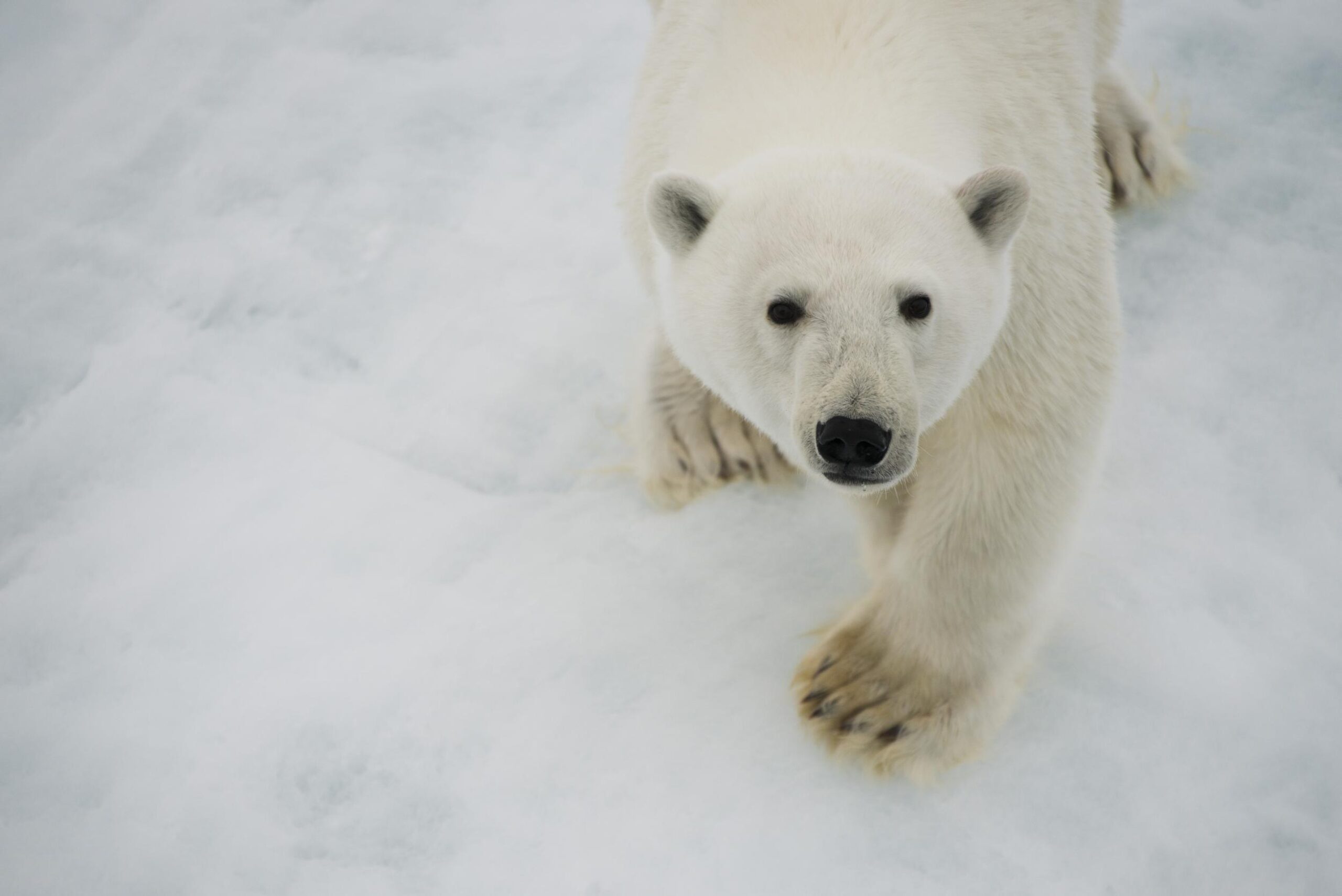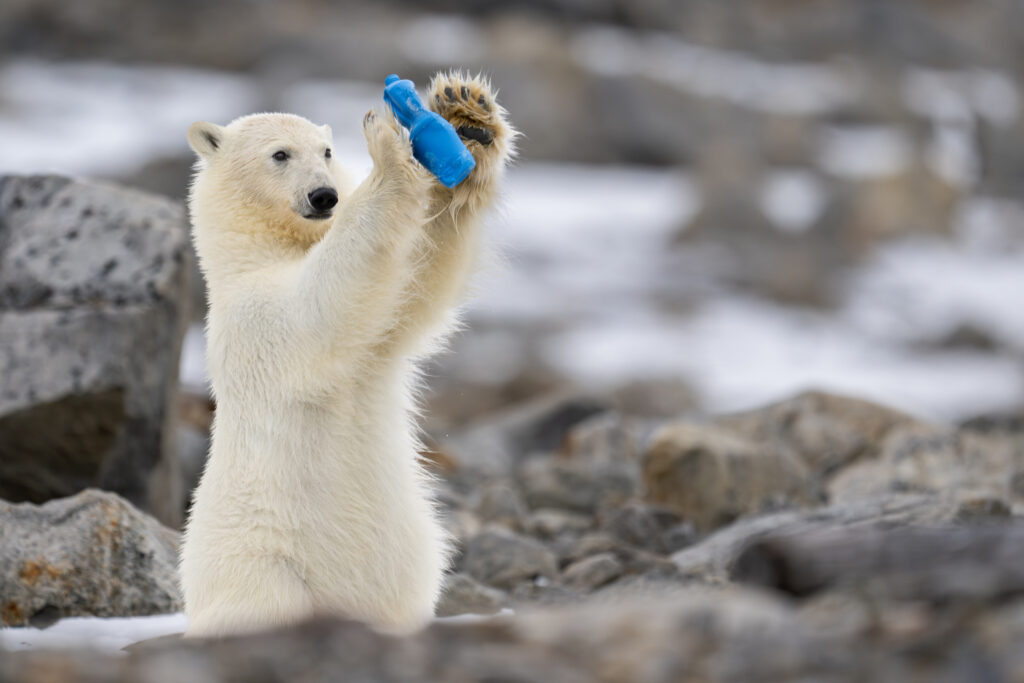
Arctic
The Arctic is changing fast, and the ice around the North Pole is melting. These rapid changes are threatening Arctic communities and animals like polar bears and whales. Less ice also means more open ocean, which is attracting oil and fishing companies keen to plunder its resources. We need to put the brakes on climate change and protect the Arctic Ocean from drilling and overfishing.
The centre of the Arctic Ocean surrounding the north pole is covered in ice all year round, protecting the ocean from many of the threats which plague other parts of our blue planet.
Life in the Arctic
Despite being frozen, the Arctic is a natural wonder. It’s home to polar bears, seals and walruses which hunt from the ice. Indigenous Peoples hunt and fish in the harsh conditions, and whales, fish and seabirds feed in the waters. The seabed hosts cold water corals and sponge gardens and the frozen Arctic Ocean is largely unexplored. Much more remains to be discovered.
Climate change in the Arctic
However, the Arctic is warming twice as fast as other parts of the world as a result of climate change and the ice is melting. Estimates vary but the Arctic Ocean could be ice-free during summer within 20 or 30 years. This will be the first time the Arctic has been ice-free in human history.
Many people and species rely on the ice. Indigenous Peoples are traditionally reliant on hunting for their food so Arctic changes are threatening their cultures and livelihoods. Polar bears hunt on the ice in summer – with less ice, they starve or wander into towns in search of food and risk being shot. Tiny plankton flourish beneath the ice which provide food for many other species. If plankton numbers drop because there’s less ice providing shelter, there’s less food all round.
Threats from shipping and industry
Companies are eyeing up the opening Arctic. Shipping companies are planning routes which may soon be possible, increasing noise pollution and ship strikes which threaten whales. As fish stocks dwindle elsewhere, fishing fleets are considering venturing further north.
Oil and gas companies are also keen to get at potentially huge reserves under the ocean. This ignores the fact that scientists say we shouldn’t use most of the oil and gas we already have. Melting in the Arctic should be a reminder of the dangers of climate change, not an opportunity to go after fossil fuels we don’t need. Drilling in the Arctic is also very dangerous. Icebergs could collide with oil rigs and spills would be almost impossible to clear up. No company has convincingly shown how it can clear up a spill in these extreme conditions.
Plastic pollution in the Arctic
And like all our oceans, the Arctic Ocean is suffering from plastic pollution. Plastic has even been found trapped in Arctic ice.

Saving the Arctic
Most of the Arctic Ocean is not owned by any one country so it belongs to us all. Around the world, people have been taking steps to save the Arctic. Greenpeace ships have confronted oil companies at sea, with activists occupying oil rigs to stop them heading to the Arctic. Thirty people spent two months in a Russian prison for challenging Gazprom’s Arctic ambitions. And millions of Greenpeace supporters came together to stop Shell drilling for oil in the Arctic and forced Shell to abandon its plans. Other oil companies have also said they won’t drill there because it’s just too risky.
We need to get oil companies out of the Arctic for good. Less than 1.5% of the Arctic Ocean is protected so we need to fix that. The plan for an Arctic sanctuary would protect the ocean for everyone and keep out fishing fleets and drilling rigs. Like all ocean sanctuaries, it would provide a safe haven for Arctic wildlife as they struggle to deal with their changing environment. Already, some of the world’s major fishing companies have agreed to avoid fishing in some sensitive Arctic waters. We need to build on this success and go further.
A sanctuary won’t stop the ice melting. To do that, we need to ramp up our use of renewable energy on a massive scale, replacing oil and coal with wind, solar and wave power.